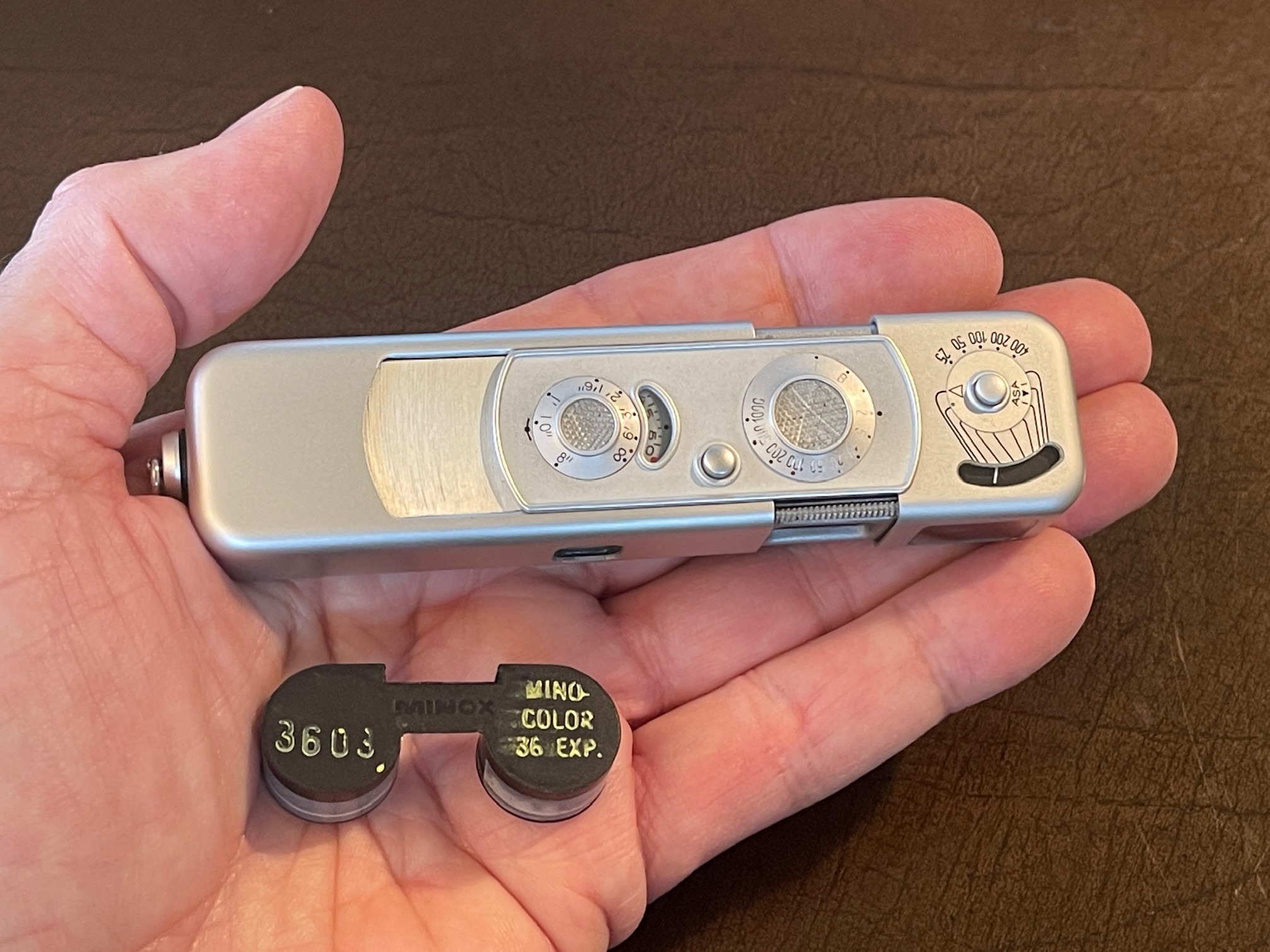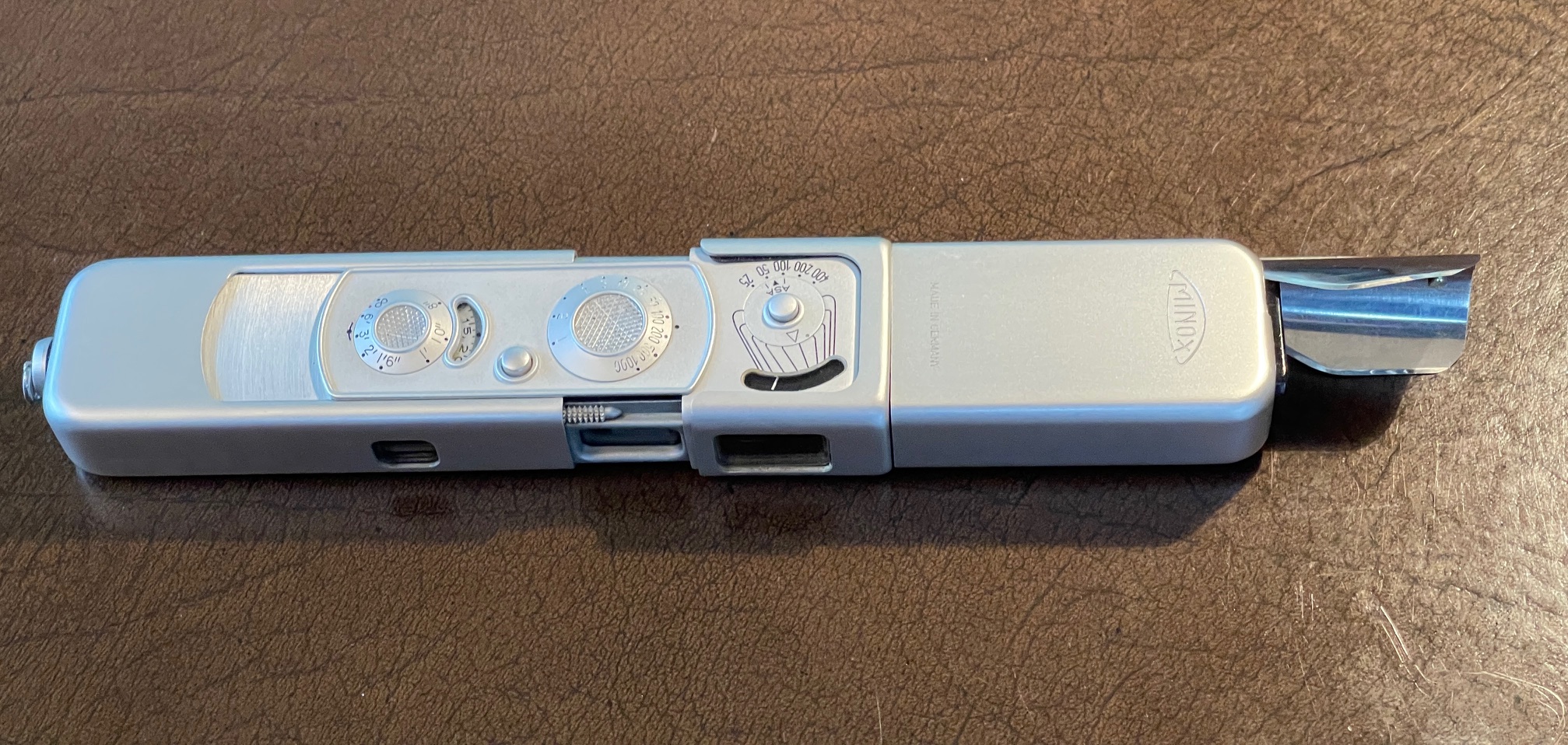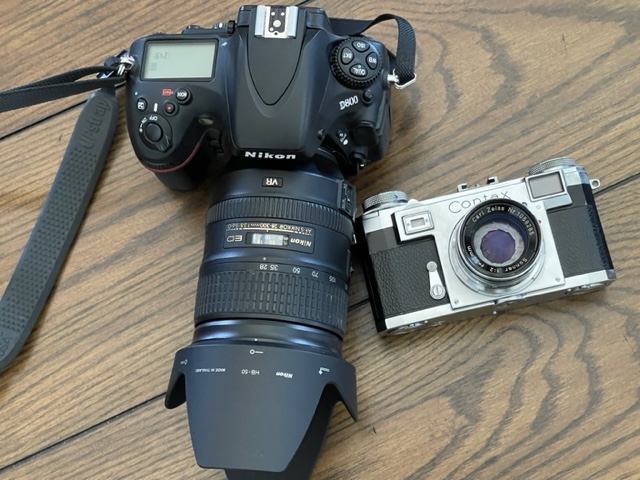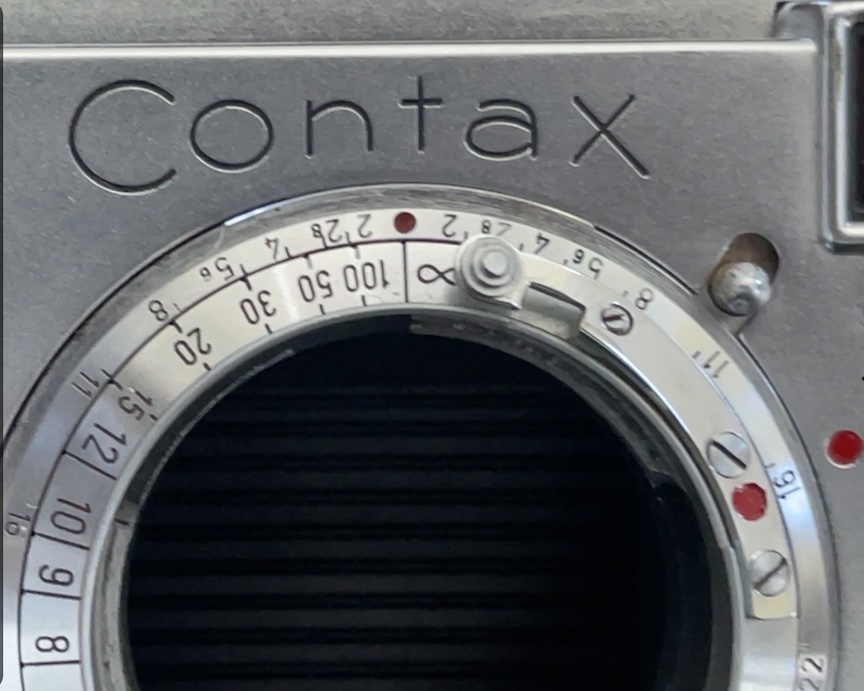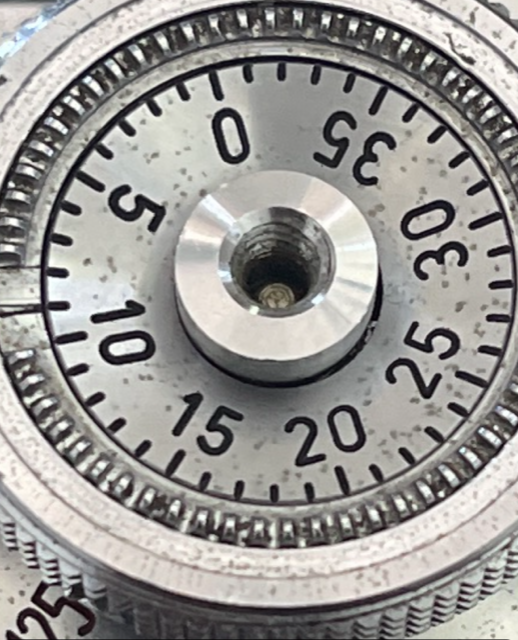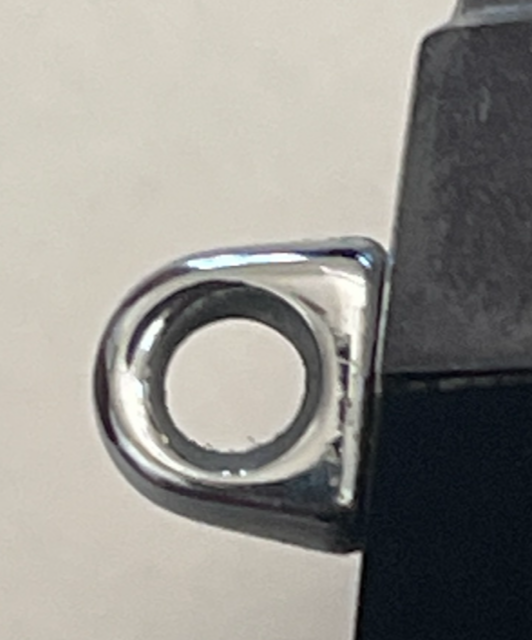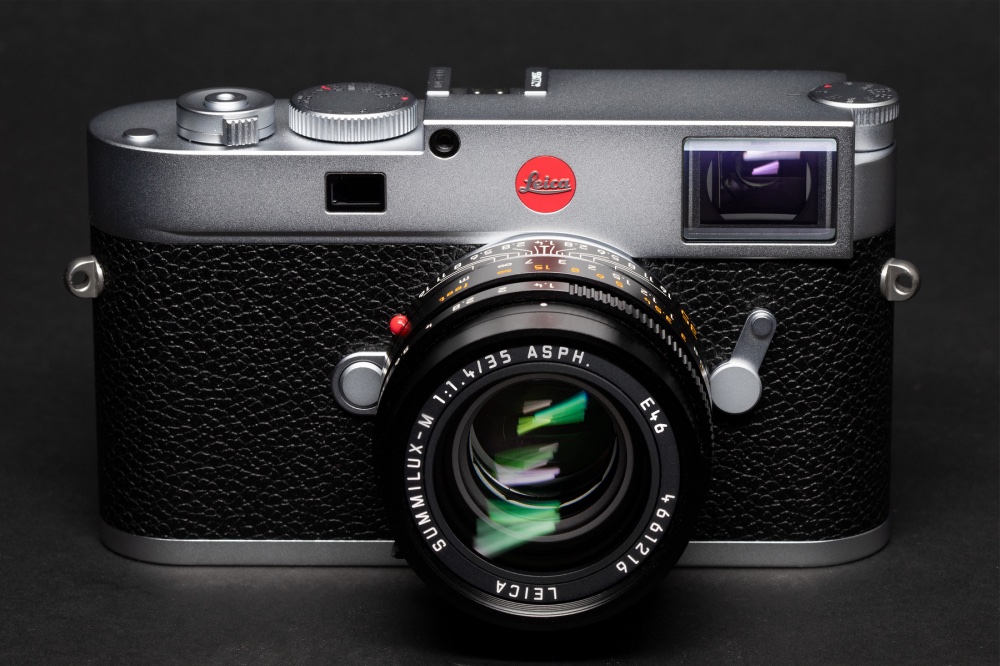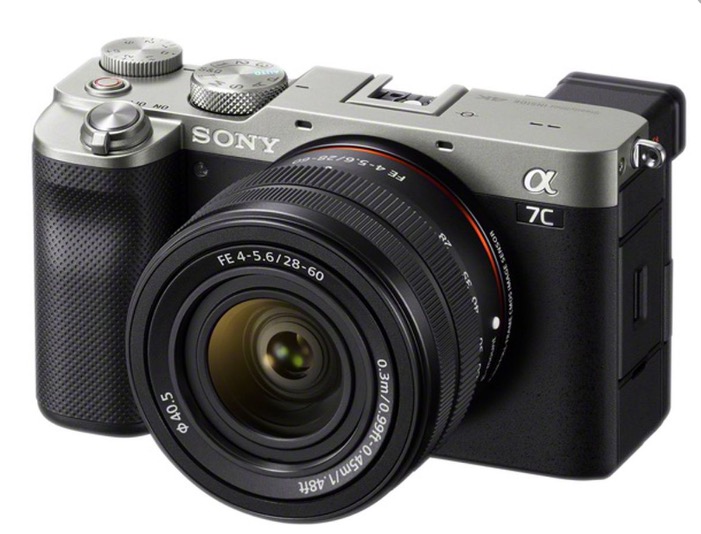Not cheap, but most special.
The one thing the nutty retro film movement has succeeded in accomplishing – and it’s not great photography – is the wild escalation of the prices of some of the classic cameras of the 1950s and 1960s. Quite why anyone would waste time processing film with its poor quality and great fragility compared to digital images beats me. Yeah, I know. And LPs sound better too, right? Uh huh. Just go easy on the funny cigarettes.
The two ‘go to’ makers of the time were Franke & Heidecke – Rolleiflex – and Ernst Leitz – Leica. Both were German, needless to add, and that’s a good thing as the last thing you want in your camera maker is a sense of humor. (If you wanted large format the maker of choice was Linhof, sharing roots in the Fatherland).
When the highest quality images were required without resorting to cumbersome plate cameras the Rollei, with its large 6x6cm negatives (over 3 times the area of the 35mm alternative) was the choice of the most famous photographers of the time. Beaton, Capa, Lee Miller, Avedon, Arbus, Adams, Erwitt, Vivian Maier all used Rolleiflexes. Heck, Fred Astaire, trained by none other than Richard Avedon, used no fewer than three in Funny Face, and if you have not seen that then your have little interest in photography.
So my small Home Theater display of the great classics could not possibly be complete without a Rolleiflex from the peak film era and I opted for a 2.8D made in 1955. This took a good deal of searching as most cameras of that era have been beaten to death. Not this one:
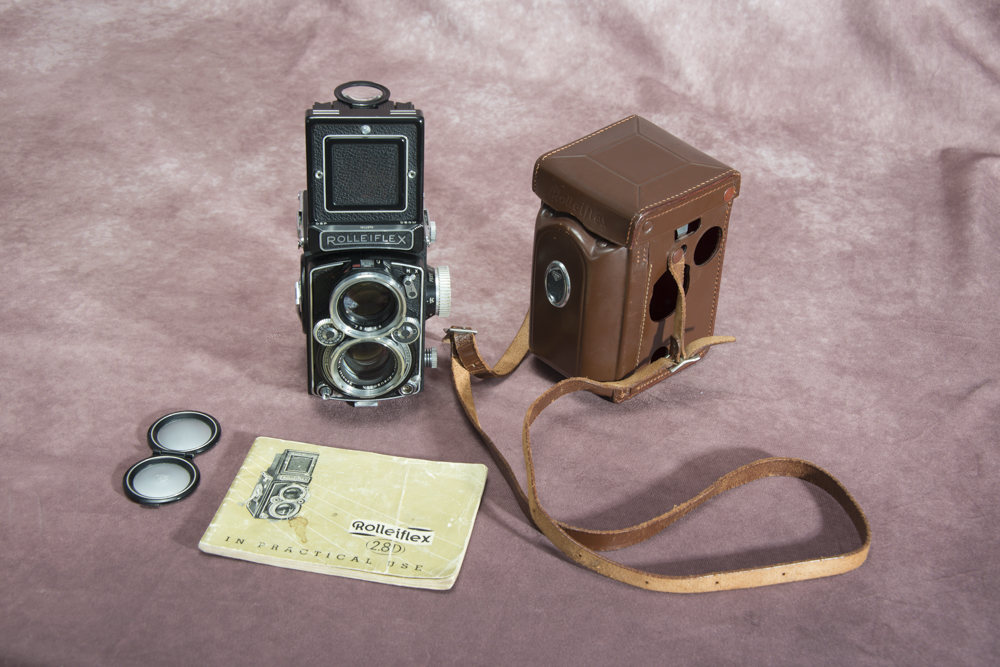
The Rolleiflex 2.8D, manufactured
between Aug 1955 and Sep 1956.
It’s as near mint as these things get right down to the dual lens cap (bayonet the top part, snap closed the lower one), pristine leather case and the original instruction book. And the latter is wonderful. Read it without knowing anything about picture taking and you will be half way there by the time you are done. Why, even the self timer works, reflecting a repair by the previous owner.
Having offered supplication to the Market God (he responded favorably) I laid out a not inconsiderable amount of cash and the Rollei now adds a touch of class to the Home Theater which includes a Nikon F, a Minox B, a Contax II, a Bolex H16, a Calumet field camera and …. my first camera, the 1959 Kodak Brownie Reflex 620, given me by my parents when I was 8.
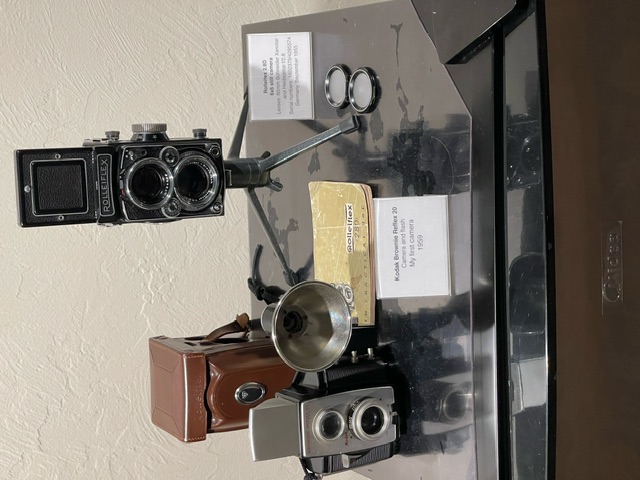
Alongside the Kodak Brownie.
The only thing these two share is the 6×6 film size.
Note the Leitz table tripod supporting the Rollei.
In operation the Synchro Compur shutter (1-1/500 and B) is almost silent, much quieter than the one in the contemporary Leica M3. You are limited to 12 exposures on a roll of 120 film which will ensure you waste none. And the exposure guide on the rear of the camera is beyond ingenious, far superior to the near useless ones which simply recite exposure values in later models.
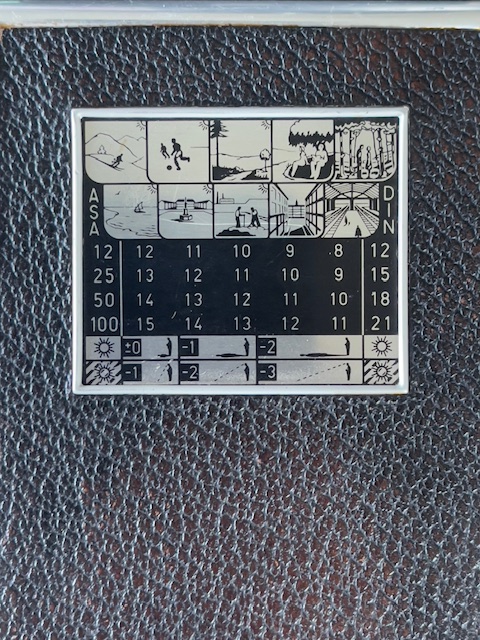
The intuitive exposure guide.
You can couple the shutter speeds with the aperture values by a 90 degree twist of the front right dial between the lenses, or uncouple them if you want to separate the setting of the two variables. EVs never really caught on because 1 second at f/2.8 is a whole lot easier to remember than the fact that it’s EV3 at 100 ASA. Still, they are there if you want them, but you should probably dress eccentrically and affect a German accent when using them.
The Rollei is one of the truly great exemplars of the film era.
